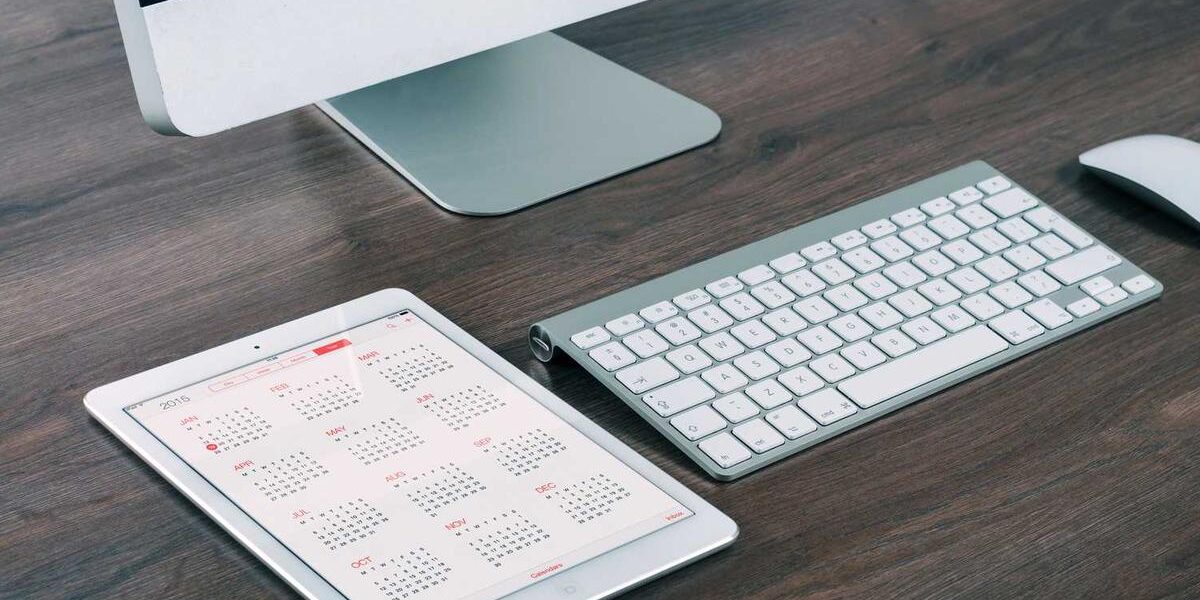How to Identify Rare Sports Memorabilia
How to Identify Rare Sports Memorabilia
Collecting sports memorabilia can be an exciting hobby. It connects fans to their favorite athletes and memorable moments in sports history. However, identifying rare items requires knowledge and attention to detail. This guide will help you spot valuable collectibles.
Research and Knowledge
The foundation of identifying rare sports memorabilia is solid research. Knowing the history of the sport and the market trends is crucial. Stay updated with sports news, major auctions, and collector forums. Historical significance plays a significant role. Items from landmark events or legendary athletes often hold more value. Understanding the context in which the item was used or produced is key.
Authenticity
Authentication is vital. Fakes and replicas flood the market. Genuine items often come with certificates of authenticity (COAs) from reputable sources like PSA/DNA, JSA, or Beckett. When buying, always verify the COA. Look for tamper-evident holograms or serial numbers. Check the issuing body’s database if possible. Consider professional appraisals for high-value items.
Condition
The condition of the memorabilia affects its value significantly. Items in mint condition are rare and highly sought after. For cards, pay attention to corners, edges, surface, and centering. Mint condition means virtually no signs of wear or handling. For autographed items, the clarity and quality of the signature are crucial. Smudged or faded autographs diminish value. Use proper storage methods to preserve condition.
Rarity and Limited Editions
Rarity adds to the value. Limited edition items or those with a small production run are typically more valuable. Look for serial numbers or special markings that indicate an item’s rarity. For example, jerseys worn during specific games or events, or limited-edition trading cards. Items with a known history or provenance command higher prices.
Player and Event Significance
Items associated with legendary players or historic events fetch higher prices. Game-worn gear from iconic athletes and championship-winning teams are highly prized. For instance, a bat used by Babe Ruth in a significant game holds immense value. Similarly, items from notable events like Super Bowls or the Olympics attract collectors. Keep an eye on the significance of the item’s origin.
Market Trends
Memorabilia values fluctuate based on market demand. Pay attention to current trends. Collectibles tied to popular or recently retired athletes often see a spike in demand. Historical value also plays a role. Items linked to anniversaries of significant events may increase in value. Stay informed by following auction results and market analyses. Be mindful of long-term value versus short-term trends.
Personal Connection
Sometimes, the value of memorabilia is subjective. Personal connections to a player or event can enhance perceived value. While this doesn’t always translate to market price, it adds sentimental worth. Choose items that resonate personally, as these tend to bring more enjoyment.
Networking
Building a network with other collectors and industry experts can provide valuable insights. Attend sports memorabilia fairs, auctions, and online forums. Networking helps in sourcing rare items and gaining knowledge about market prices. Learning from experienced collectors can enhance your identification skills.
Investment Potential
Rare sports memorabilia can be a good investment. However, it requires strategic buying and selling. Diversify your collection to mitigate risks. Focus on items with a strong history of value appreciation. Be cautious of market volatility and fluctuating trends.
Documentation and Record Keeping
Maintain thorough records of your collection. Document the purchase details, provenance, and condition. Proper documentation can verify authenticity and help in valuation. Keep photos and detailed descriptions. This aids in insurance claims and future sales.
Avoiding Common Pitfalls
Be wary of deals that seem too good to be true. Scams and counterfeit items are prevalent. Verify sources and avoid unverified sellers. Authenticity may incur a higher cost but guarantees value. Educate yourself continuously to spot red flags.
Technological Aids
Use technology to assist in identification. Mobile apps and online databases can verify authenticity. Digital tools help in comparing signatures and item details. Stay updated with tools and technologies in the memorabilia industry.
Photomatching
Photomatching is a valuable technique. Compare the item to photos or videos to verify usage. This is particularly useful for game-worn uniforms and equipment. Proven photomatches significantly increase value.
Third-Party Grading
Third-party grading provides an unbiased assessment of an item’s condition. Services like PSA, Beckett, and SGC offer grading for cards and autographs. Graded items often fetch higher prices. Use grading to protect your investment and enhance market value.
Keen Observation
Develop an eye for detail. Observe logos, trademarks, and manufacturing marks. Genuine items typically have precise details. Compare with verified authentic pieces to spot differences. Use magnifying tools if necessary. Attention to detail helps in identifying rare and authentic memorabilia.
Getting Started
As a beginner, start with items within your knowledge area. Gradually expand your expertise. Build a diverse collection while focusing on quality. Join collector communities and seek mentorship. Patience and persistence are key in building a valuable collection.
The Role of Auctions
Auctions are significant in the memorabilia industry. They often feature rare and high-value items. Attend auctions to observe trends and bidding behavior. Participating in auctions can yield unique finds. Research the auction house’s reputation before participating.
The Collector’s Mindset
Collectors often pursue memorabilia driven by passion. Enjoy the journey of building your collection. Appreciating the history and significance behind each item adds to the experience. Whether for personal interest or investment, a thoughtful approach enhances the rewards.
Legal and Ethical Considerations
Ensure the items you collect are legally and ethically sourced. Avoid stolen or questionable memorabilia. Understand the legal framework surrounding sports memorabilia in your region. Ethical collecting preserves the integrity of the hobby and protects your investment.

